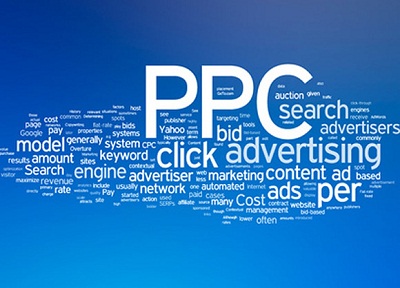What Should You Be Focusing on With PPC Marketing?

As web traffic continues to skyrocket on platforms like tablets and smartphones, pay-per-click (PPC) marketing becomes more and more complex, and if you aren’t paying attention, you’re falling behind. This complexity is going to continue making things more challenging (it certainly has been this way for me), but the key to conquering any difficulty is to first learn about what you’re facing and then make the necessary changes and updates. I’ve done my best to figure out what exactly should be my own priorities throughout the year, and I thought I would share the highlights with you.
1. Look at Landing Pages with Fresh Eyes
Try to review all of your landing pages carefully, starting from your most popular ones to the ones people are less likely to see. Sometimes mistakes are hard to notice until you’ve spent some time away from them, and these pages may need additional updates and revisions to keep them fresh.
2. Try to Stay Away from DKI
You can still use dynamic keyword insertion (DKI) to a degree, but it’s advisable to avoid it as much as possible these days. Google’s policy alterations have made it clear that overusing DKI can be a detrimental practice. Besides, using a keyword insertion tool isn’t as useful as having unique content that includes naturally-incorporated keywords.
3. Always Consider Responsive Design
If you want as much traffic as possible, you need to create websites and landing pages that are optimized for all platforms, including tablets, netbooks and smartphones. While this once meant designing mobile sites and incorporating URL redirects, responsive design has quickly replaced this strategy. Responsive design allows your site and landing pages to automatically resize themselves according to the size of the display window, so whether someone is adjusting the size of their browser window or viewing your landing page on a mobile device, they can get the full experience more easily.
4. Make Your Copy Stand Out
PPC is a competitive strategy, and not just when it comes to price. Because people see more than one ad at a time, you have to ensure that yours stand out. Even though the copy for your PPC ads may be only a few words, you need to make them count. Pay close attention to your competition’s messaging, and consider what you can do to differentiate yourself from the crowd. Every ad, including Product Listing Ads, should be consistent with your brand without wasting space.
5. Take Mobile Users into Consideration for Landing Pages
A person searching for businesses like yours on a smartphone has different needs from someone searching on a desktop computer, and your landing pages should respond to those needs. This isn’t just a question of design, either. For example, don’t make your forms any longer than necessary, as these can be frustrating to fill out while typing on a tiny screen. Make sure that CTA buttons are large and easy to tap without having to zoom in on the page, as well.
6. Go After Less-Competitive Keywords
One way to truly enhance your campaign is to use keywords that provide great opportunity while not being heavily used by other websites. This can help you gain volume when you utilize them in various ads and landing pages. You’ll want to target your audiences with specific keywords that cater to them, and it’s important to use those less-competitive words as much as possible throughout your campaign to increase your likelihood of showing up—and of getting relevant clicks.
7. Maintain and Improve Your Quality Score
Your Quality Score is more than a report of your PPC’s success—it sets the parameters for your campaign costs and more over time. Google determines your Quality Score based on how relevant your campaign is to users, which means making sure that your ads, landing pages and offers are relevant to the consumers you’re targeting. A campaign designed to mislead users will ultimately result in a lower Quality Score, making it more difficult to manage your campaign and its costs over time.
8. Location, Location, Location
Every PPC marketing campaign is different, particularly when it comes to local PPC campaigns. Chicago pay-per-click marketing, for example, may be more competitive than a campaign in other areas, and national campaigns introduce a bevy of other considerations for managing your budget and strategy. By making sure that your approach is tailored to the specific audience that you’re targeting, especially in regards to location, you can more effectively target the exact people you’re looking for.
Naturally, these are just a few of the ways that PPC marketing has evolved, and your mileage may vary when it comes to implementing these lessons. This type of web marketing isn’t right for every business, but if you’re going to give it a try, you’re better off knowing the latest and greatest practices before you start burning through your marketing budget.


